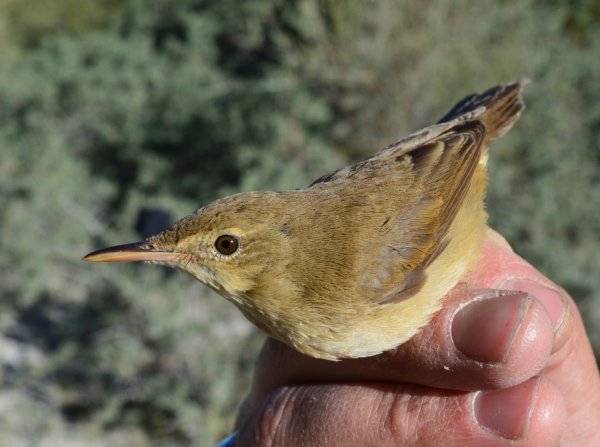I have no more to say on the ID of the terns here other than to say how problematic it is to ID birds from photos at times. At least two very experienced birders (excluding myself) and possibly other very experienced birders that have watched the thread without commenting) have either disagreed altogether or at least had some doubts as to the ID of this Tern - even Himalayan thought it was a Black Tern in the field, a reasonable assumption, given the very dark and distinct breast side/shoulder patch which everyone admits is unusual for WT or WWT.
In the field, I suspect that fishing technique, changing angles of light on feather parts and call etc would give a more complete picture. As it is we have 3 slightly out of focussed images and some doubt as to whether they are even the same 3 birds. In fact the tail pattern can only be seen on one of the images/birds and that’s coincidentally the only one where the head pattern and breast side patch/lack of, isn’t visible either. In fact there is only one feature of the conglomerate list of WT features listed above that can be seen in either the first or the second image, and that’s the breast patch. The rest of the features that have been used to ID the other two images are based on the third image only. In addition as pointed out above, the third bird/image shows a dark spot on the belly, so is it questionable that this may not the same bird as in the other two images. If this is the case, my main concern would be that the head pattern in the first two images, usually a fairly good distinguishing feature and one that led me to doubt WT, is rendered irrelevant.
The process by which Smiths concludes the ID, however, is indeed interesting and very helpful in providing an ID here - no doubt there will be a few others jumping in now to say ‘clearly a Whiskered Tern’ in the wake of this (with echoes of ‘I agree!’ ‘I agree!’) but I must say, I have never been accused of ‘over complicating’ an ID discussion before so that’s a new one to me 😂
PS Smiths - perhaps you could save us all a lot of trouble and give us an ID for the warbler if you know before that leads everyone down the garden path also - thanks 👍







